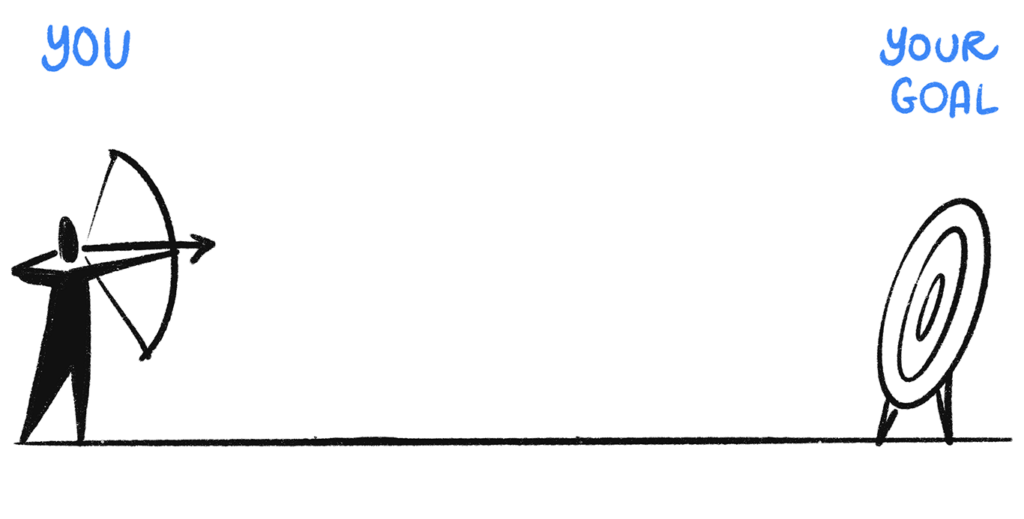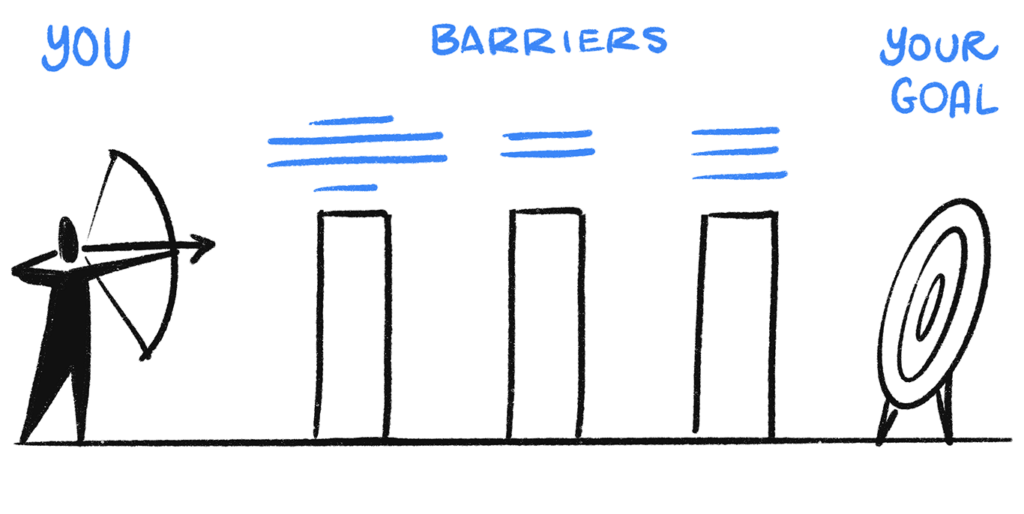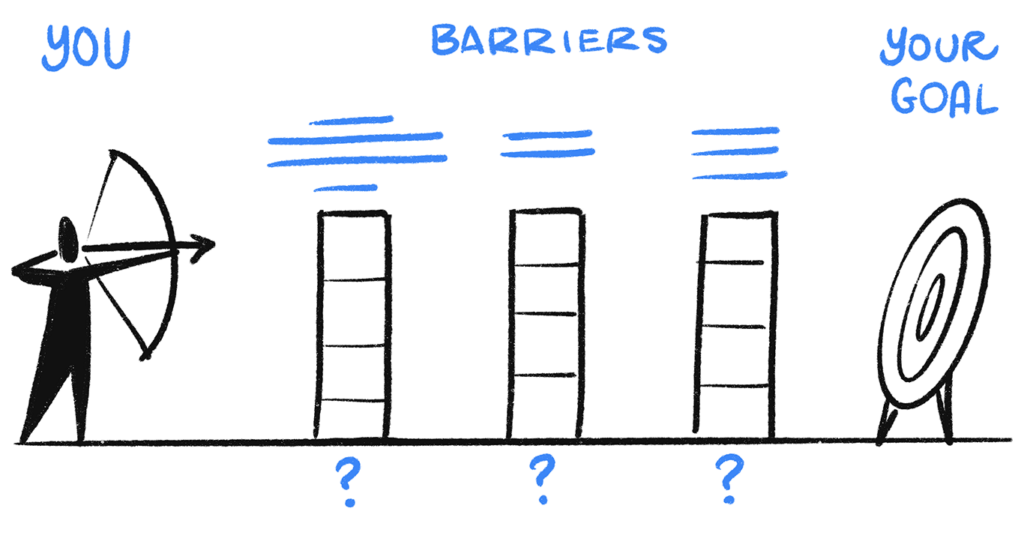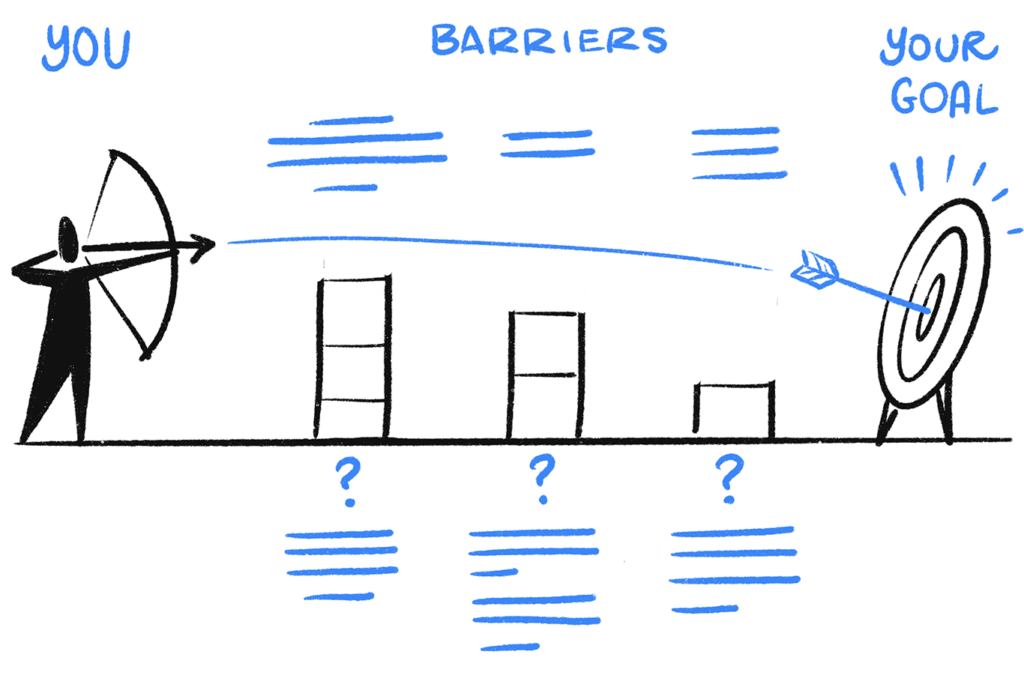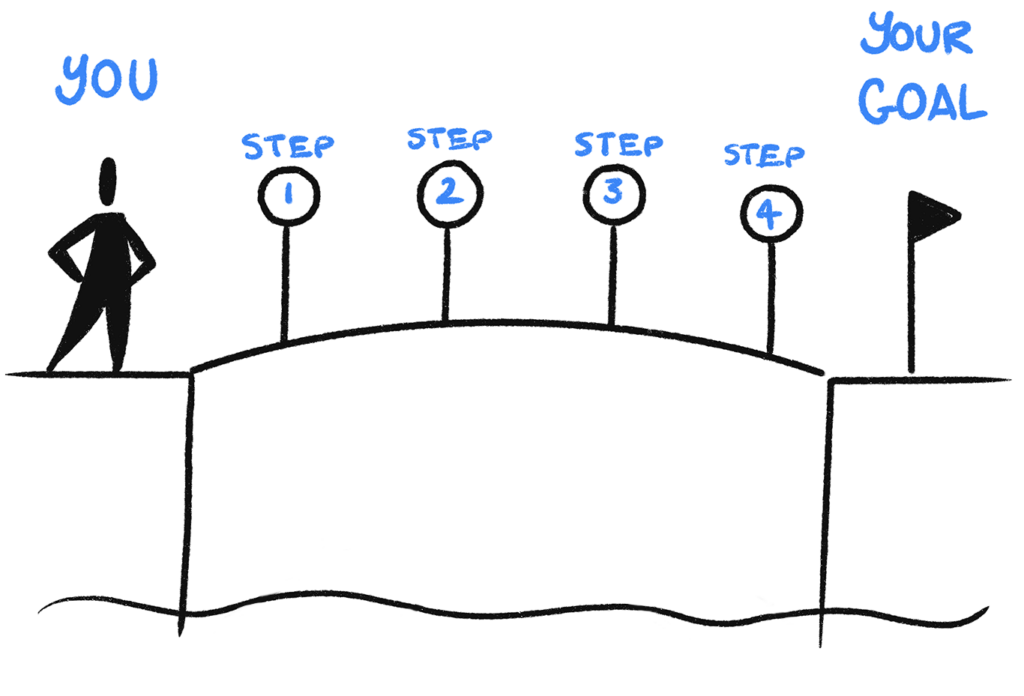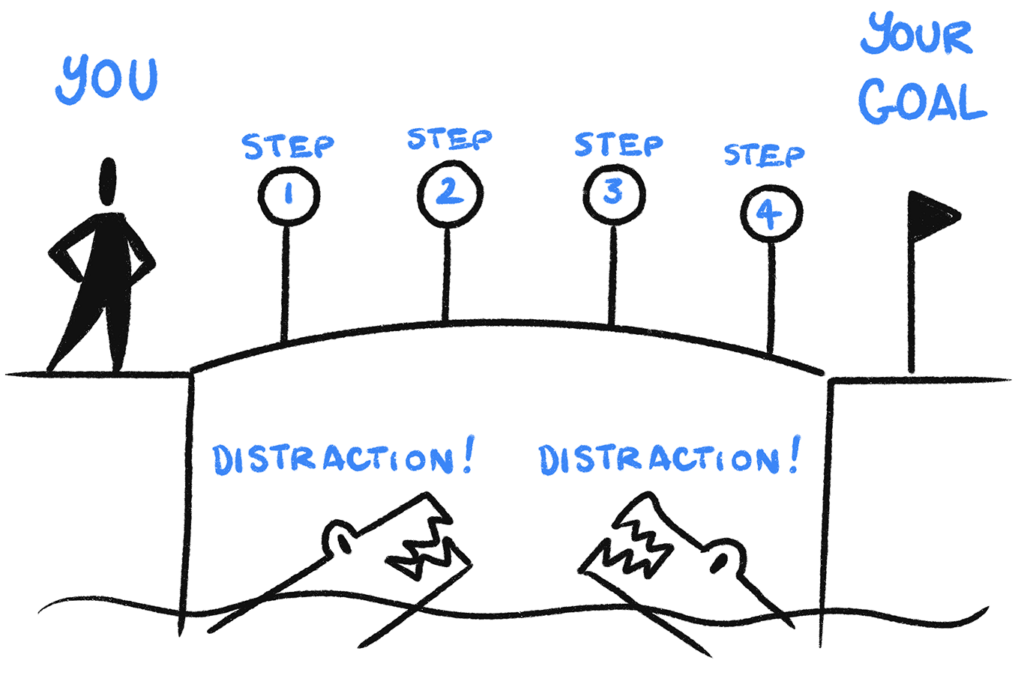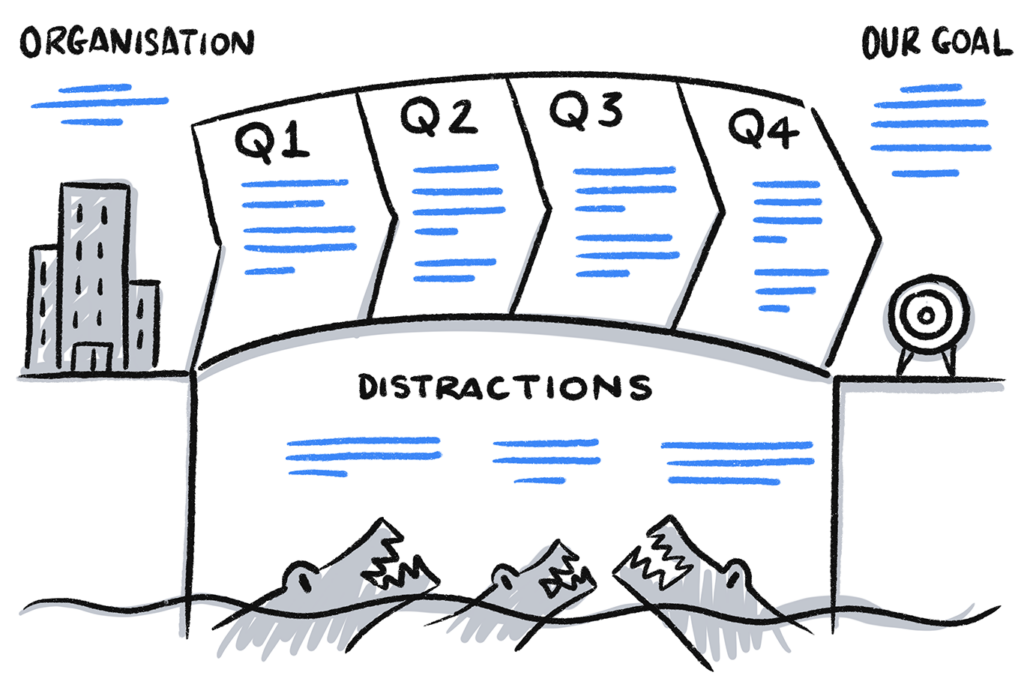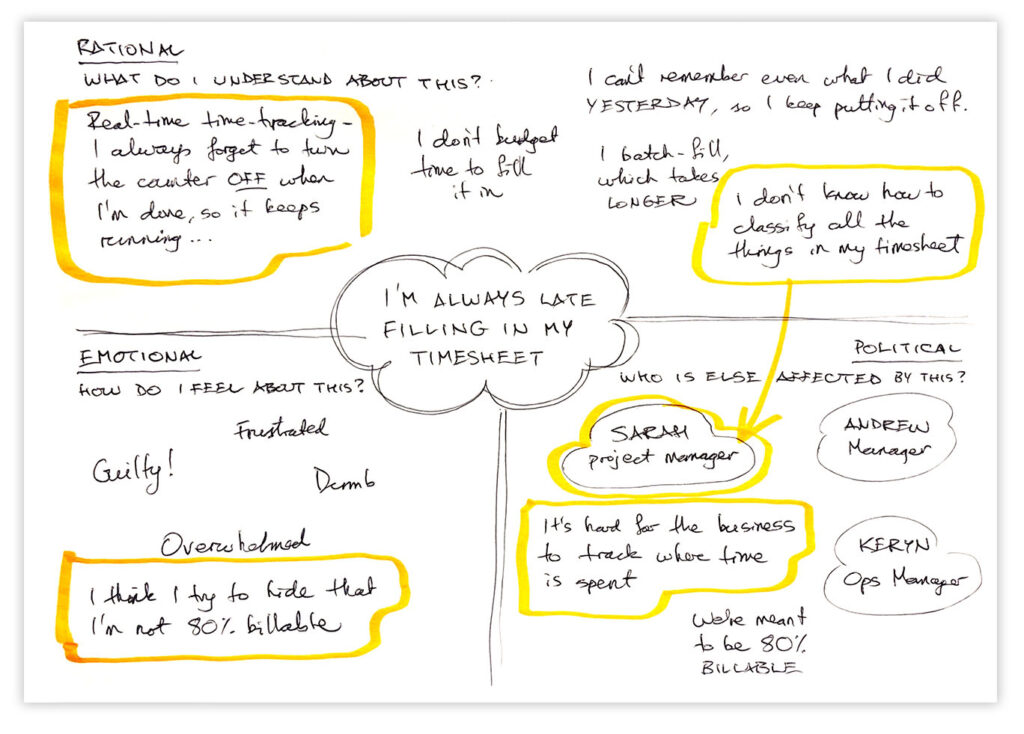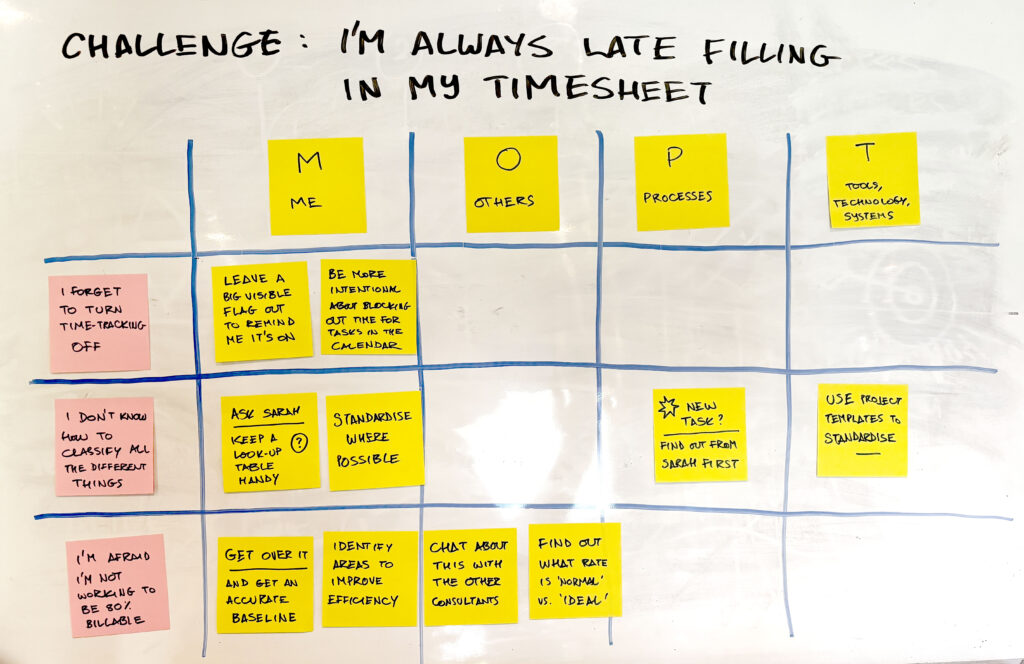Ever walked out of an event thinking, “Well, that was great… but what actually happened?” You’re not alone. Words fly thick and fast, but they don’t always stick. That’s where a graphic recorder (a.k.a. live scribe or visual note-taker) comes in. Here are 6 benefits for having one around.
I’ve been graphic recording at public events, conferences, and meetings for about 15 years, and even with the advent of gen-AI, these 6 benefits still hold true. Actually, even while technology gives so much wow-factor, we still crave connection, and in many ways, these 6 benefits are more important for events than ever.
🧲 1. It makes people look up from their phones
When someone’s sketching the conversation live in big, bold strokes, it pulls attention in a way bullet-point slides just can’t. A visual note-taker brings the vibe of “something really interesting’s happening here”… and suddenly, people are leaning in instead of tuning out.
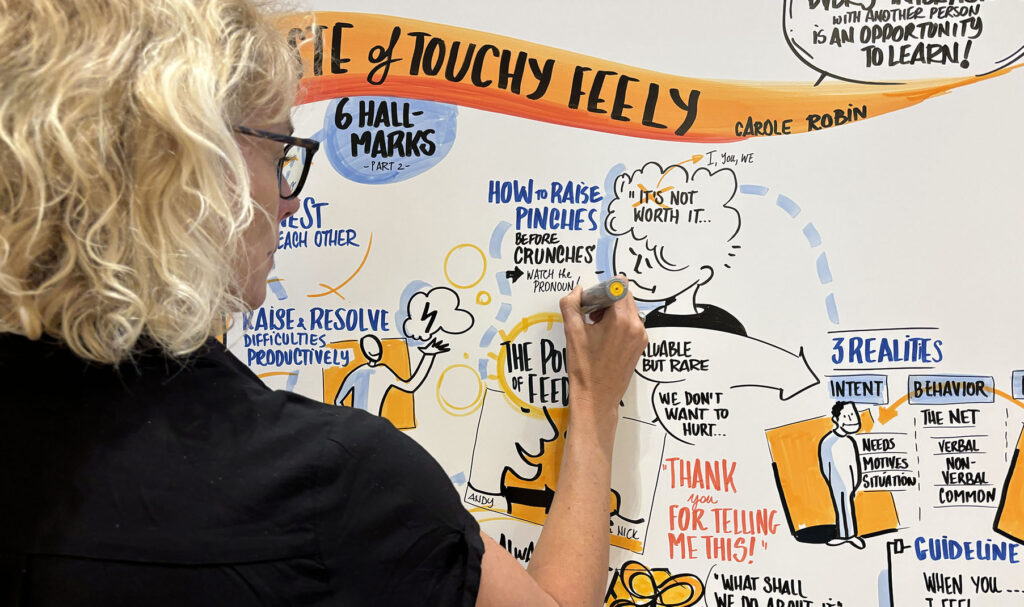
There’s nothing like seeing a big drawing come to life before your eyes (pictured: Axelle Vanquaillie)
Oh, and sometimes my clients are worried that graphic recording distracts from the speaker. What actually happens is quite the opposite! It’s like watching a documentary; seeing the action unfold while hearing the narration over the top is the perfect combo.
🧠 2. It helps brains actually remember things
Our brains are wired for stories and visuals, not just talking heads and dense jargon. A graphic recorder connects the dots with succinct phrases in attractive lettering, colour, layout, and metaphor, turning a wall of words into something you can see, remember, and talk about later.
And here’s something nobody talks about: a graphic recorder can make a so-so talk MUCH more appealing, since it helps to amplify the content.
🖼️ 3. It’s like getting a Polaroid photo for every event talk
By the end of your event, you’ve got a collection of boards that are like a set of giant hand-drawn Polaroid photos, or a ‘highlight reel’ of key insights. Each board is part artwork, part documentation, and 100% useful. You can take a photo and boom: your post-event wrap-up just got sorted.
The boards (or charts) also act as postcards of each talk, for your attendees to take with them and share (see #5). Of course each ‘postcard’ doesn’t capture all the detail of what’s in the talk. But just like a postcard, each particular piece in the postcard conjures up memories of that detail, to keep those fond memories around for longer.
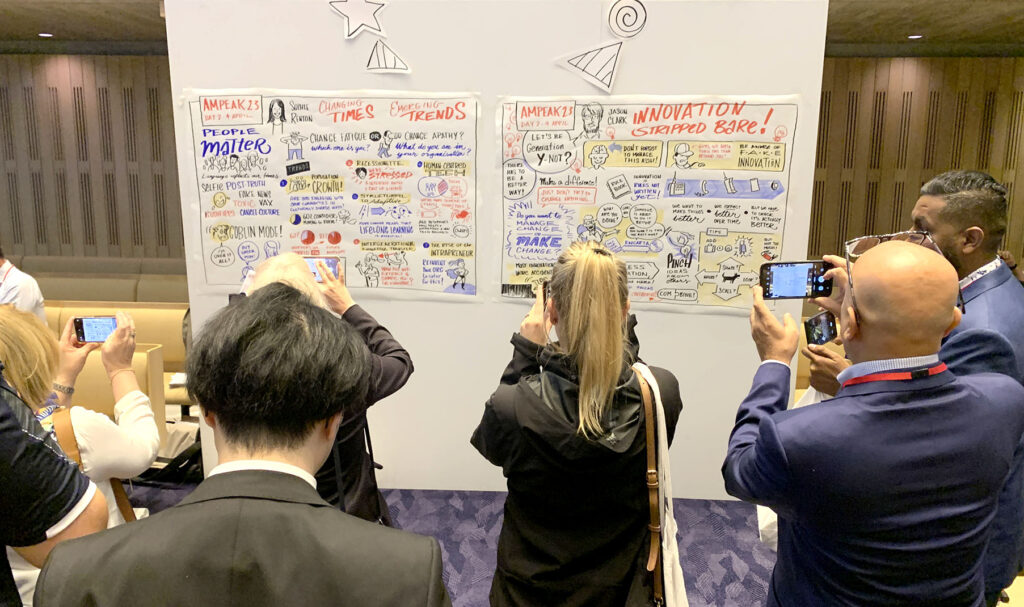
Graphic recording boards making great souvenirs from a conference
🌐 4. It makes your event more inclusive
Not everyone processes information the same way. Visual note-taking supports people who think better in pictures, who don’t speak the main language fluently, or who need more than just facts and figures to feel knowledged-up on the topic of the talk, or quick actions to try out.
A lot of what a graphic recorder does is to summarise a speakers’ content (or a conversation) by listening, synthesising and translating that summary into a visual summary. So in a way, the graphic recorder is doing the heavy cognitive lifting for the audience, so that they don’t have to.
It’s a win for accessibility and inclusivity.
📣 5. Hello, shareability
Graphic recordings are super snackable content. One photo of a rich, colourful visual summary can do more on social than five paragraphs of text ever will. It’s a dream for your comms team. And of course your audience will love sharing it, too.
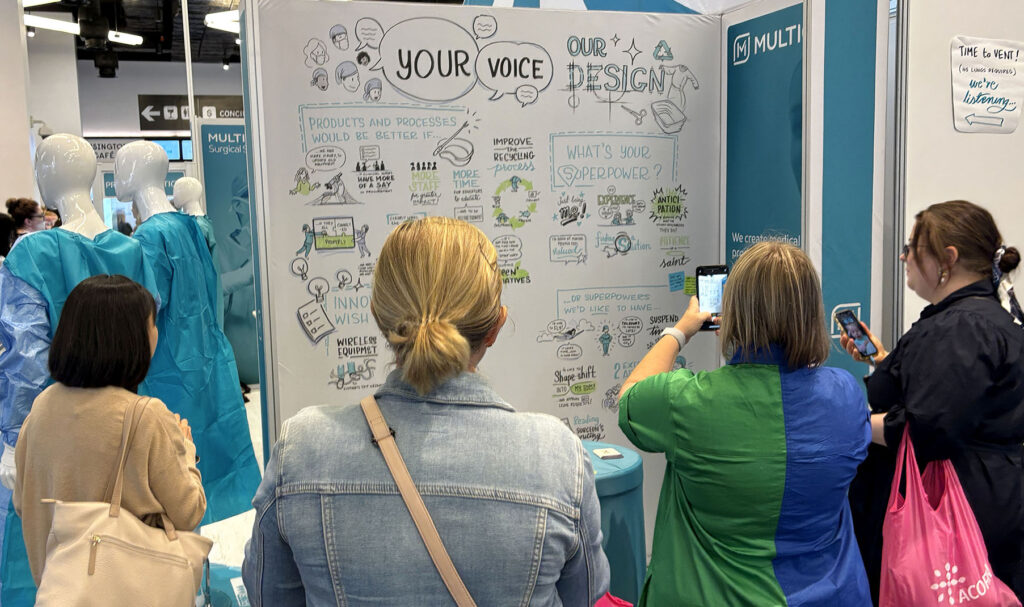
Graphic recording works super well at sponsor conference booths too!
🤝 6. It sparks conversations (and a few a-ha! moments)
When people see their own words or ideas pop up on the board, it builds validation, trust and momentum. It invites discussion, reflection, insight, even laughter. A live scribe doesn’t just record the moment; they shape it.
🧭 7. it’s great for strategy and decision-making
Wait! There are actually more than just 6 benefits. This benefit is actually my favourite. Workshops, planning sessions, roundtables, offsites… graphic recorders shine in these, and I see this play out in my own work all the time. They map out ideas in real time, reveal patterns hiding in the noise, and help groups focus better, and get aligned faster.
Think of them as visual GPS for complex conversations.
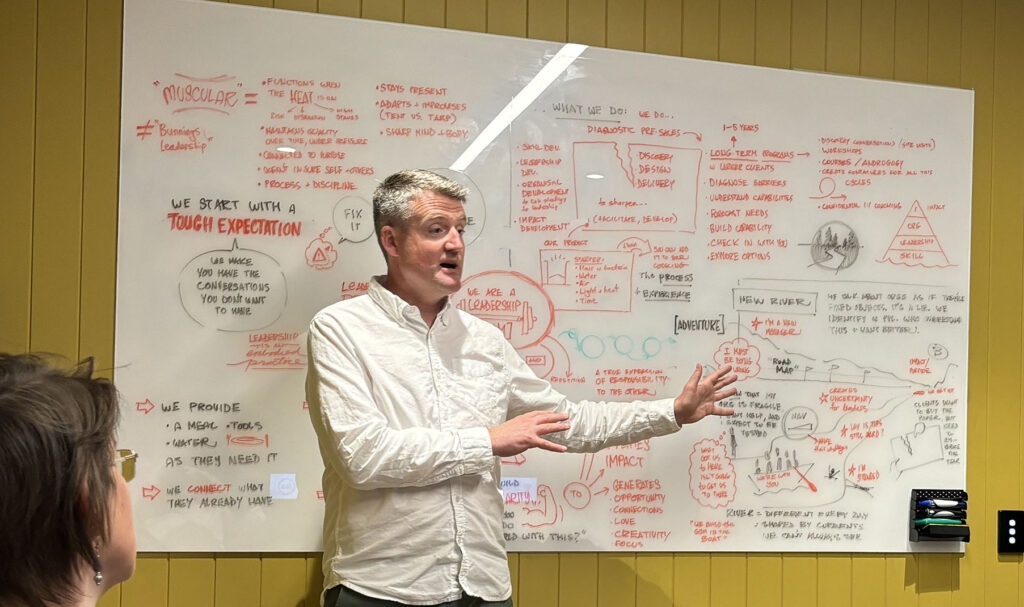
Even if it’s rough, graphic captures on a whiteboard help groups to focus and have a more productive conversation
🎉 8. It adds that “Wow, they thought of everything” feel
OK, yes, there’s yet another benefit. This one’s definitely for the event organisers. Having the process and product of a graphic recorder around is a little unexpected, a little delightful, a little premium, and always interesting. When people see a live scribe in action, it tells them your event is top-drawer, thoughtful, professional, and designed for deeper engagement, not just an information dump.
Bottom line? A graphic recorder doesn’t just make your event aesthetically nicer and more engaging. They make it stick.
If you want help with getting a visual note-taker at your event, I got you (links to my business website, Bright Pilots). If you want to learn more about how to draw for graphic recording, look no further than my Presto Sketching book.
